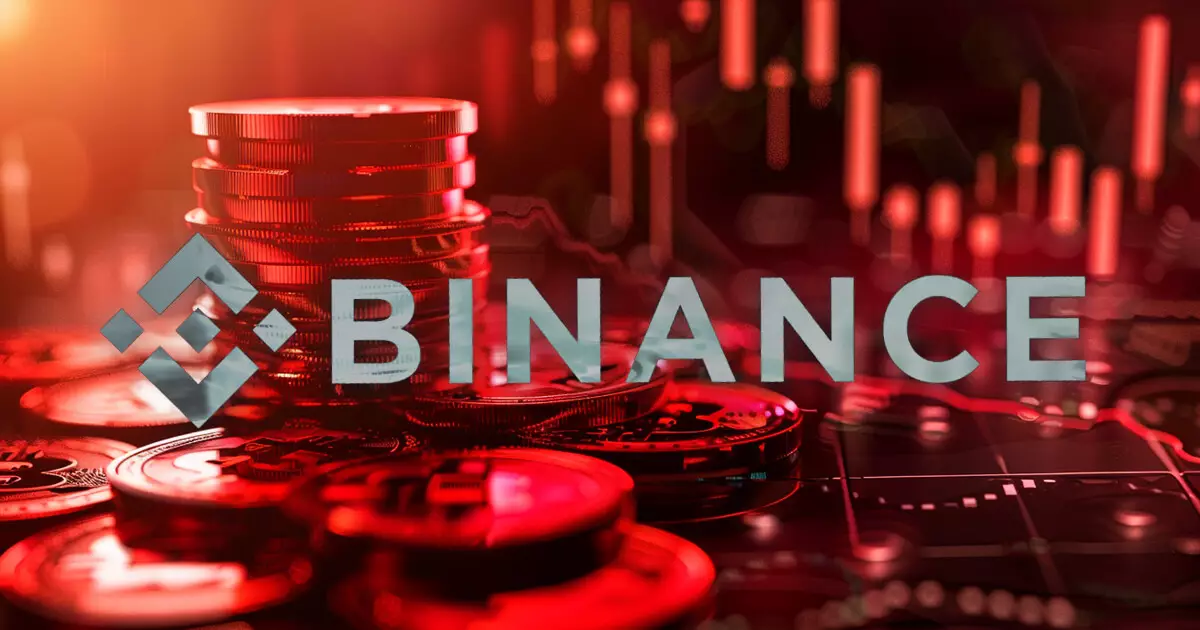The recent uproar in the crypto community surrounding Binance’s listings of two Solana-based memecoins, The AI Prophecy (ACT) and Peanut the Squirrel (PNUT), reveals deeper concerns about market manipulation and investor protection. While these tokens experienced meteoric rises in value, allegations of “pump and dump” schemes have emerged, igniting an intense debate about the responsibilities of one of the world’s largest cryptocurrency exchanges.
The crypto landscape has witnessed a surge in popularity for memecoins, often characterized by their whimsical themes and community-driven marketing strategies. Unlike traditional cryptocurrencies that focus on utility and technological innovation, memecoins derive value mostly from social media buzz and community sentiment.
This dynamic creates a fertile environment for speculation and manipulation. When Binance, known for its strict listing policies, opted to include ACT and PNUT in its offerings, it created an immediate wave of excitement. Token prices soared, with ACT increasing over 1,000% and PNUT climbing approximately 100%. For many investors, this sudden uptick seems like a golden opportunity; however, it raises ethical questions about the role of exchanges in facilitating such unregulated trading environments.
Leonidas, co-founder of the Bitcoin Ordinals explorer Ord.io, became a vocal critic of Binance’s listing strategies. He initiated a petition accusing the exchange of enabling “pump and dump” schemes that predominantly benefit insiders while placing retail investors at risk. His argument posits that Binance targets low-market-cap memecoins that are often “controlled by a small number of insiders.” By charging exorbitant listing fees, Binance arguably incentivizes the creation of these low-effort coins that could be manipulated in short order.
Leonidas suggests that this modus operandi creates an uneven playing field, where venture capitalists and influential market actors can quickly exit their positions, siphoning profits at the expense of unsuspecting users. Calls for transparency around listing fees have grown louder; Leonidas and others urge Binance to disclose whether expenses are paid in tokens, shedding light on their potential role in fueling these practices.
Historically, Binance maintained strict criteria for token listings, designed to ensure quality and legitimacy. However, recent trends indicate a shift towards looser standards. Industry insiders like Loopify have speculated that Binance may be adapting its strategy to retain users within its platform, thus diminishing migration to decentralized exchanges (DEXs), which typically offer a different trading experience but with elevated risks.
Recent data shows that 12 out of 15 memecoins listed by Binance in 2024 saw remarkable price increases, signifying a potential pattern of success—or manipulation. Interestingly, a significant proportion of these memecoins were built on Solana, with Ethereum trailing behind. This highlights a changing landscape where community-driven projects dominate, yet raises questions about the criteria for their elevation to trading platforms.
An analysis by on-chain expert Ai_9684xtpa indicates that Binance’s evaluation of memecoins may prioritize community buzz over traditional metrics like market cap. In a realm where social media enthusiasm can drive price surges, the emphasis on popularity suggests that adherence to market valuation is secondary. This observation underscores the volatility and risk inherent in memecoin investments.
While it may seem beneficial for consumers to have access to emergent coins and innovative projects, the potential for manipulation raises significant ethical questions. Are exchanges like Binance inadvertently undermining market integrity by facilitating these listings without stringent oversight?
The ongoing debate surrounding Binance’s memecoin listings epitomizes a larger conversation about the responsibilities of cryptocurrency exchanges. As retail investors continue navigating this unpredictable landscape, the call for increased transparency and regulatory oversight becomes ever more critical. Without clearer guidelines and ethical considerations, the risk of exploitation will remain a daunting reality, jeopardizing the very foundation of what cryptocurrencies were meant to promote: an egalitarian and transparent financial system.
While memecoins can offer entertaining and potentially lucrative investment opportunities, the underlying practices that facilitate their trading demand scrutiny. Exchanges like Binance must tread carefully in balancing innovative offerings with their duty to protect investors from malicious practices, ensuring a more equitable crypto ecosystem for all participants.



















Leave a Reply